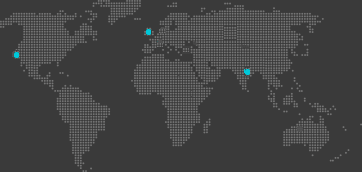In order to reduce discovery cycle time, facilitate the definition and achievement of business goals, and deploy analysis results to wider audiences, developers of analytical solutions started verticalizing their software. The first step in this verticalization was the incorporation of task specific knowledge.
Examples include knowledge about how to analyze customer data to determine the effectiveness of a marketing campaign, knowledge on how to analyze clickstream data generated by a web site to reduce shopping cart abandonment and improve ad effectiveness, knowledge about how an investment bank consolidates its general ledger and is able to produce various types of forecasts, or how an insurance company is able to analyze data in order to provide an optimally-priced policy to an existing customer.
In the process of incorporating industry-specific knowledge, companies are also able to optimize the performance of their applications for the specific verticals. For example, a company that developed an analytic application for budgeting and forecasting targeted at the financial services industry determined that its OLAP engine’s execution speed could be optimized by limiting the number of dimensions handled by the engine to nine, a number deemed as sufficient for the particular application in that industry.
The use of industry-specific knowledge is not limited to the data mining components of analytic applications but also affects how the extracted information is presented and accessed. For example, enterprises from the financial services, retail, manufacturing, utilities, and telecommunications industries increasingly expect their field personnel to have access to business analytic information through wireless devices that they carry. Analytic applications companies are now working on technologies that will automatically detect the type of wireless device and its form factor, and will automatically tailor analysis results to fit the capabilities of a particular device. For example, if the information is to be displayed on a phone supporting the Wireless Access Protocol (WAP) (implying that the screen is small) it may be necessary to automatically summarize text, abbreviate several words, and limit the use of graphics by automatically selecting only the most pertinent figures.




